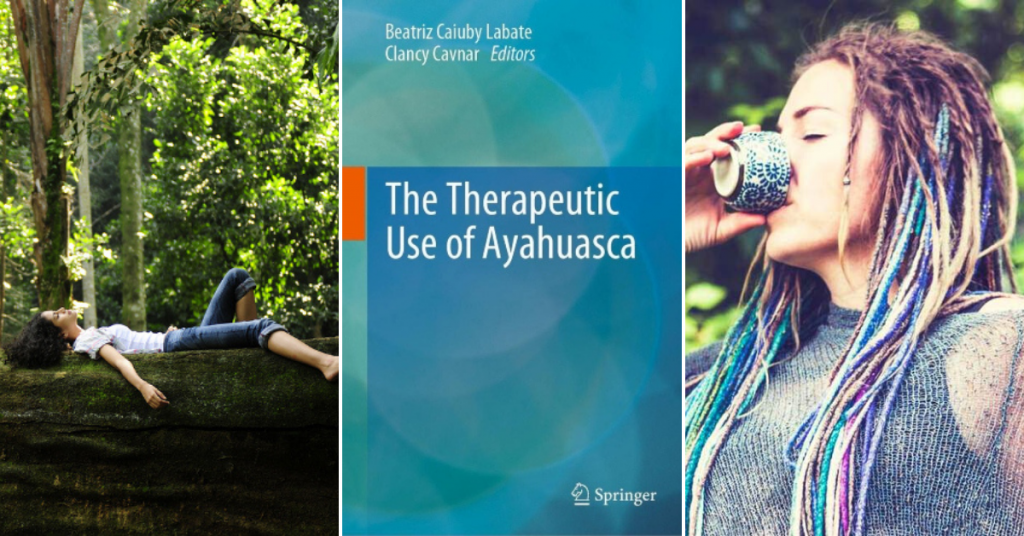IJTS Special Topic Section: Ketamine ● Regarding the Transpersonal Nature of Ketamine Therapy: An Approach to the Work
Abstract
Recent evidence has shown that ketamine treatment can facilitate psychological insight and symptom resolution in various psychiatric disorders. To aid this process, psychotherapeutic support should be considered a fundamental aspect of treatment. The psychedelic experience produced by ketamine can be a deeply meaningful source of enduring change and personal growth. The author has repeatedly observed a rapid realignment of self-perception away from shame, fear, and dread toward authentic self-acceptance and gratitude, offering patients opportunity for insight and the consideration of new potentialities. The experience produced by ketamine is similar in quality to transpersonal experiences described by Jung and induced by various religious practices and near-death experiences. As such, therapists working with these patients may wish to understand and incorporate the concepts of the Psychic Life Cycle, Restitution of the ego-Self Axis, and the Encounter with the Self described within Jungian and Transpersonal Psychology. The author discusses broad themes and practical therapeutic considerations regarding the transpersonal themes identified while overseeing this treatment process. Case studies are provided for illustration.
Becker, J. (2014). Regarding the Transpersonal Nature of Ketamine Therapy: An Approach to the Work. International Journal of Transpersonal Studies, 33(2).
Link to full text



